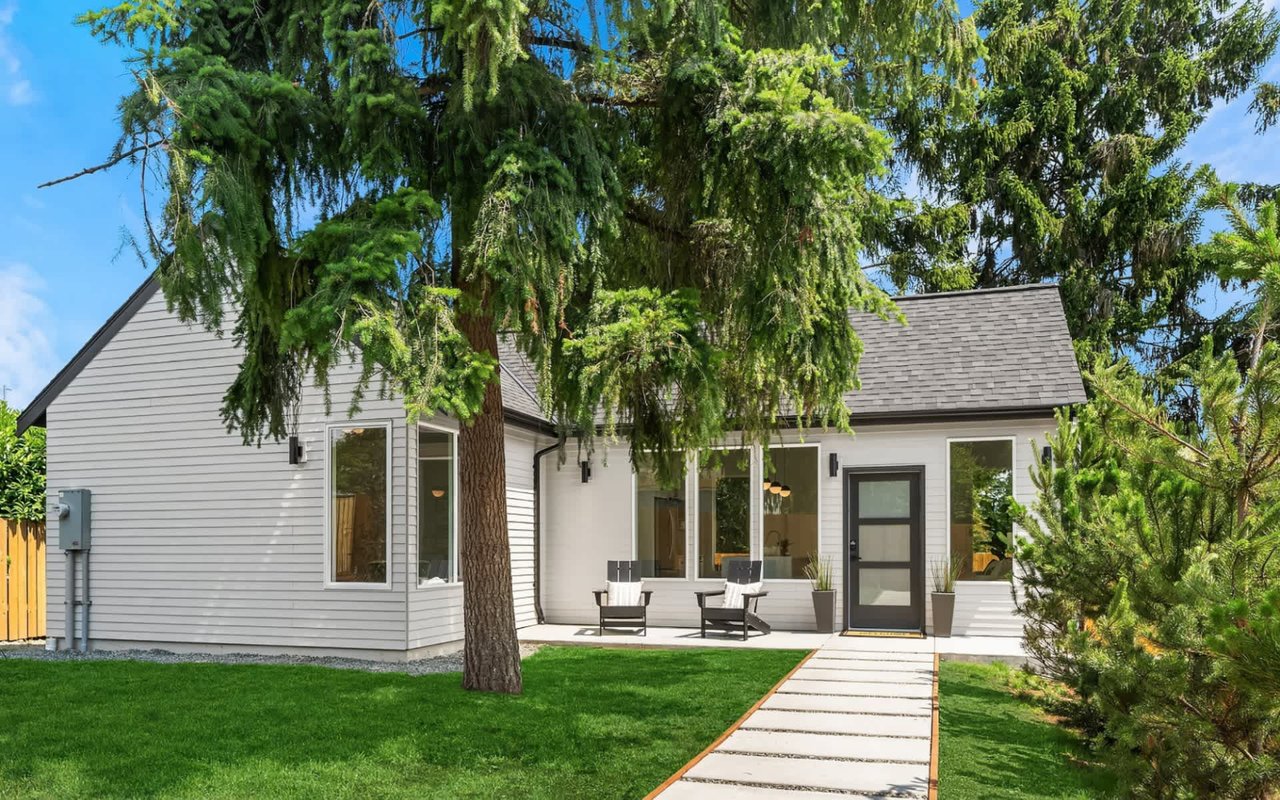Improving a home's energy efficiency is a smart investment, not only for reducing utility bills but also for increasing property value and contributing to environmental sustainability. Homeowners in Sammamish looking to enhance their property's energy performance have a variety of cost-effective options available. From simple adjustments to more substantial improvements, there are numerous strategies to achieve significant energy savings without breaking the bank. This article explores the best affordable methods to make your house more energy efficient.
1. Insulation: The First Line of Defense
One of the most impactful ways to improve a home's energy efficiency is by ensuring it is well-insulated. Proper insulation helps maintain a consistent indoor temperature, reducing the need for heating and cooling systems to work overtime. Homeowners can start by inspecting and upgrading the insulation in their attics, walls, and floors. In older homes, this may involve adding new insulation materials or replacing outdated ones. Modern insulation products are designed to provide better thermal resistance, making them a worthwhile investment for long-term energy savings.
2. Sealing Gaps and Cracks
Air leaks can significantly undermine a home's energy efficiency, allowing warm air to escape in the winter and cool air to leak out in the summer. Identifying and sealing gaps around windows, doors, and other openings is a straightforward and affordable way to enhance energy performance. Weatherstripping and caulking are effective solutions for sealing these gaps. Homeowners should pay particular attention to areas where different building materials meet, such as corners, chimneys, and areas around pipes and wiring. By addressing these leaks, homeowners can create a more airtight and energy-efficient living space.
3. Upgrading to Energy-Efficient Windows
Windows play a crucial role in a home's energy efficiency. Upgrading to energy-efficient windows can make a significant difference in reducing heat loss and gain. Modern windows are designed with advanced glazing techniques and materials that provide superior insulation. Homeowners can choose double or triple-pane windows with low-emissivity (low-E) coatings to maximize energy savings. While the initial cost of window replacement can be higher, the long-term savings on heating and cooling bills make this an attractive option for many homeowners.
4. Enhancing HVAC Systems
Heating, ventilation, and air conditioning (HVAC) systems are major contributors to a home's energy consumption. Ensuring that these systems are running efficiently can lead to substantial energy savings. Regular maintenance, such as cleaning or replacing filters, can improve the performance of existing HVAC units. Additionally, homeowners might consider upgrading to more energy-efficient models. Modern HVAC systems are designed to use less energy while providing the same level of comfort. Programmable thermostats are another cost-effective way to optimize HVAC usage, allowing homeowners to set specific temperatures for different times of the day, reducing energy waste.
5. Installing Energy-Efficient Lighting
Lighting accounts for a significant portion of a home's energy use. Switching to energy-efficient lighting solutions, such as LED bulbs, can lead to considerable savings. LEDs use a fraction of the energy that traditional incandescent bulbs consume and have a much longer lifespan. This means homeowners will not only save on their electricity bills but also reduce the frequency and cost of bulb replacements. Additionally, incorporating smart lighting systems that allow for automation and remote control can further enhance energy efficiency.
6. Utilizing Smart Home Technologies
The rise of smart home technologies has provided homeowners with innovative ways to manage and reduce energy consumption. Smart thermostats, lighting systems, and appliances can be controlled remotely, allowing for precise energy management. These technologies can learn household patterns and adjust energy use accordingly, ensuring that energy is not wasted when it is not needed. For instance, a smart thermostat can lower the heating or cooling when the house is empty and adjust it to a comfortable level before the homeowners return. By integrating these technologies, homeowners can achieve significant energy savings with minimal effort.
7. Embracing Renewable Energy Sources
While the initial investment can be higher, incorporating renewable energy sources, such as solar panels, can provide long-term energy savings and environmental benefits. Solar panels convert sunlight into electricity, reducing reliance on traditional energy sources. In many cases, homeowners can take advantage of tax incentives and rebates to offset the installation costs. Over time, the energy savings can surpass the initial investment, making solar panels a cost-effective solution for energy efficiency.
8. Efficient Water Heating
Water heating is another area where energy efficiency can be improved. Traditional water heaters can be replaced with more efficient models, such as tankless water heaters or heat pump water heaters. These systems use less energy to heat water and provide hot water on demand, eliminating the need for a constantly heated water tank. Additionally, insulating the water heater and the pipes can help retain heat, further reducing energy consumption. By focusing on efficient water heating, homeowners can achieve significant energy savings.
9. Landscaping for Energy Efficiency
Strategic landscaping can also contribute to a home's energy efficiency. Planting trees and shrubs around the property can provide natural shade, reducing the need for air conditioning during the summer. Deciduous trees, which lose their leaves in the winter, allow sunlight to warm the house during the colder months. Additionally, landscaping can be used to create windbreaks, reducing the impact of cold winds on the home and lowering heating costs. By incorporating energy-efficient landscaping practices, homeowners can enhance the comfort and efficiency of their homes.
10. Educating Homeowners and Occupants
Finally, educating homeowners and occupants about energy-saving practices is essential for maintaining energy efficiency. Simple behavioral changes, such as turning off lights when not in use, unplugging electronics, and using energy-efficient appliances, can lead to significant savings. Encouraging a culture of energy awareness can ensure that everyone in the household contributes to energy efficiency efforts. By fostering good habits and staying informed about new energy-saving technologies, homeowners can continuously improve their home's energy performance.
Reach Out to Roy Towse Today
Making a home more energy-efficient doesn't have to be an expensive endeavor. By focusing on insulation, sealing gaps, upgrading windows, enhancing HVAC systems, installing energy-efficient lighting, utilizing smart home technologies, embracing renewable energy sources, improving water heating, landscaping strategically, and educating occupants, homeowners can achieve significant energy savings. These cost-effective measures not only reduce utility bills but also contribute to a more sustainable and environmentally friendly living space.
For more personalized advice on improving your home's energy efficiency or to explore Sammamish real estate options, contact Roy Towse.
*Header photo courtesy of Roy Towse
For more personalized advice on improving your home's energy efficiency or to explore Sammamish real estate options, contact Roy Towse.
*Header photo courtesy of Roy Towse

